Blog

The Spread of Wooden Structures
Trees, which have spread in all directions before humans set foot on the earth and accompanied human development throughout history, have been both the world's oxygen source and the building mater...
Read more
Medicines have been used for thousands of years. The journey to the development of pharmaceutical substances currently on the pharmacy shelves was not easy and required hundreds of years of resear...
Read more
The guillotine window is among the most classic window systems and is especially preferred due to its aesthetic appearance and ease of use. What is a guillotine window? If you want to have a windo...
Read more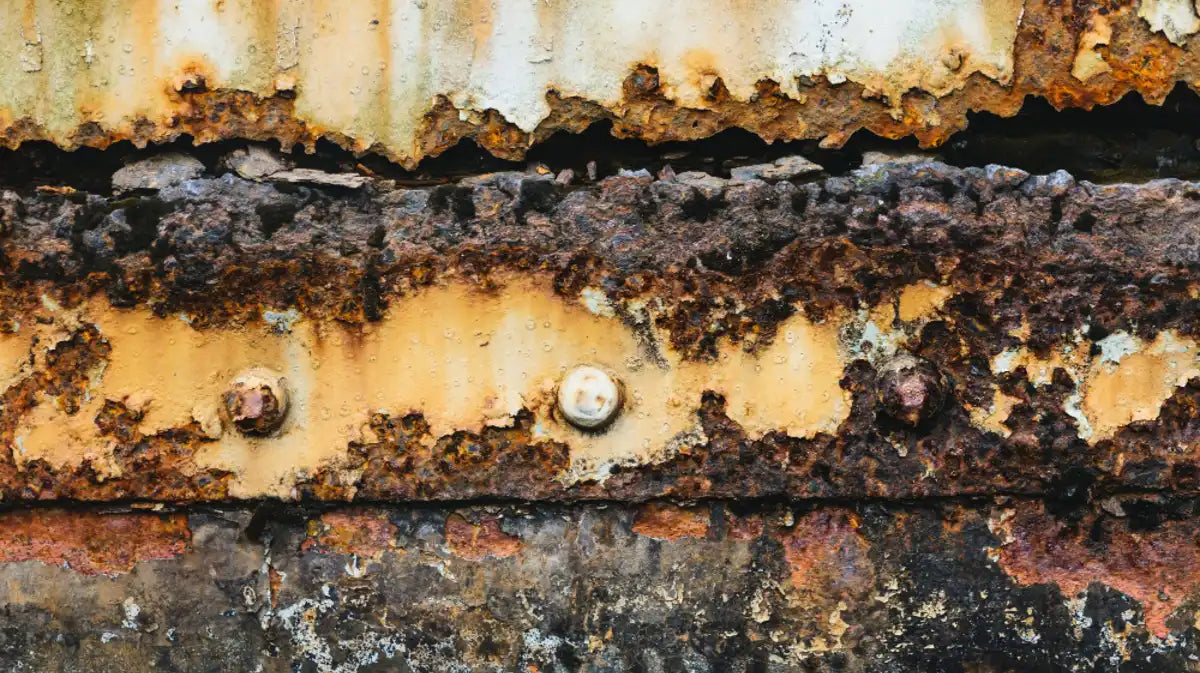
Corrosion is the chemical or electrochemical degradation process that occurs as a result of the interaction of metals and alloys with the surrounding environment. It usually manifests itself wit...
Read more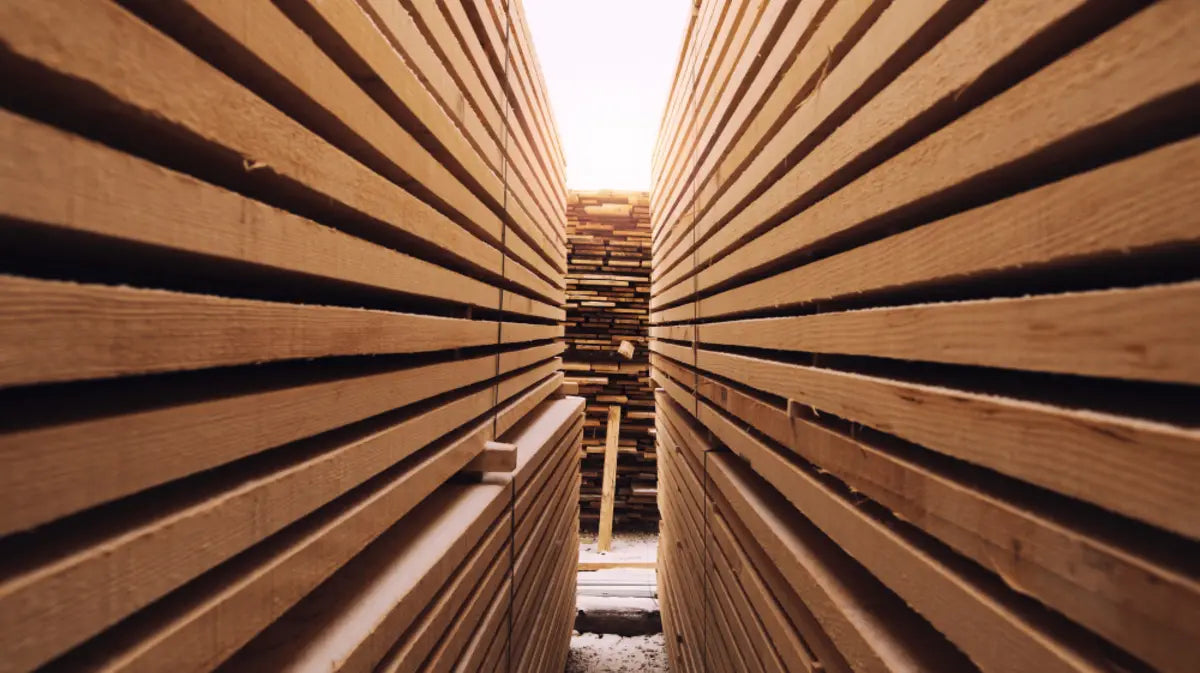
Wood is a material that adds a different look to homes and instantly naturalizes the environment. Accessories that those who seek naturalness in their homes cannot give up are usually wooden produc...
Read more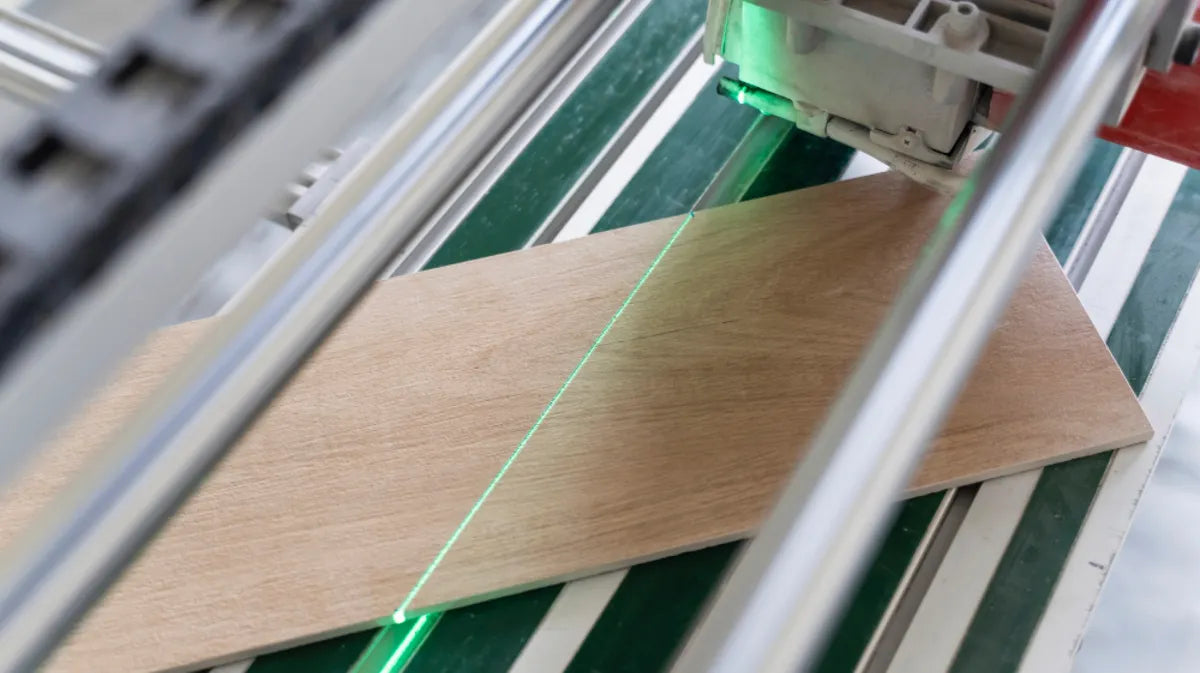
The wood industry is a natural material that has been used for centuries. However, technological advances and innovative solutions have brought about a major transformation in the fields of wood...
Read more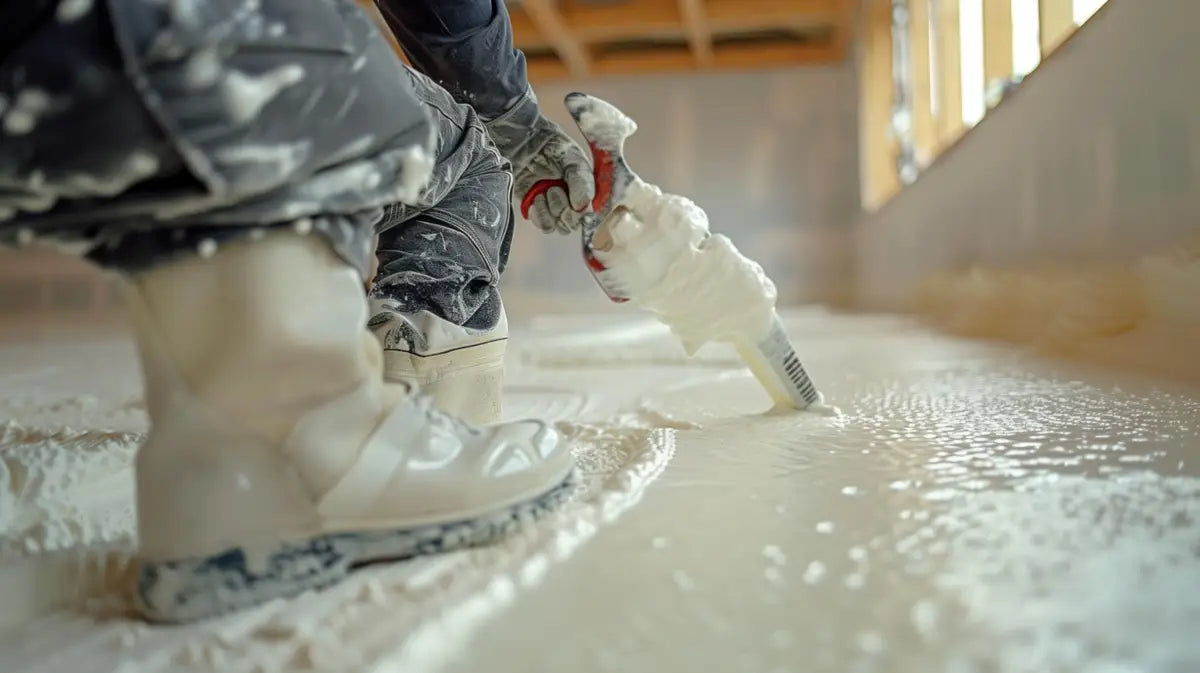
What is Polyurethane? Polyurethane foams are thermoset polymers that were first discovered by Otto Bayer and his colleagues in 1937 and started to be used in various European countries, espec...
Read more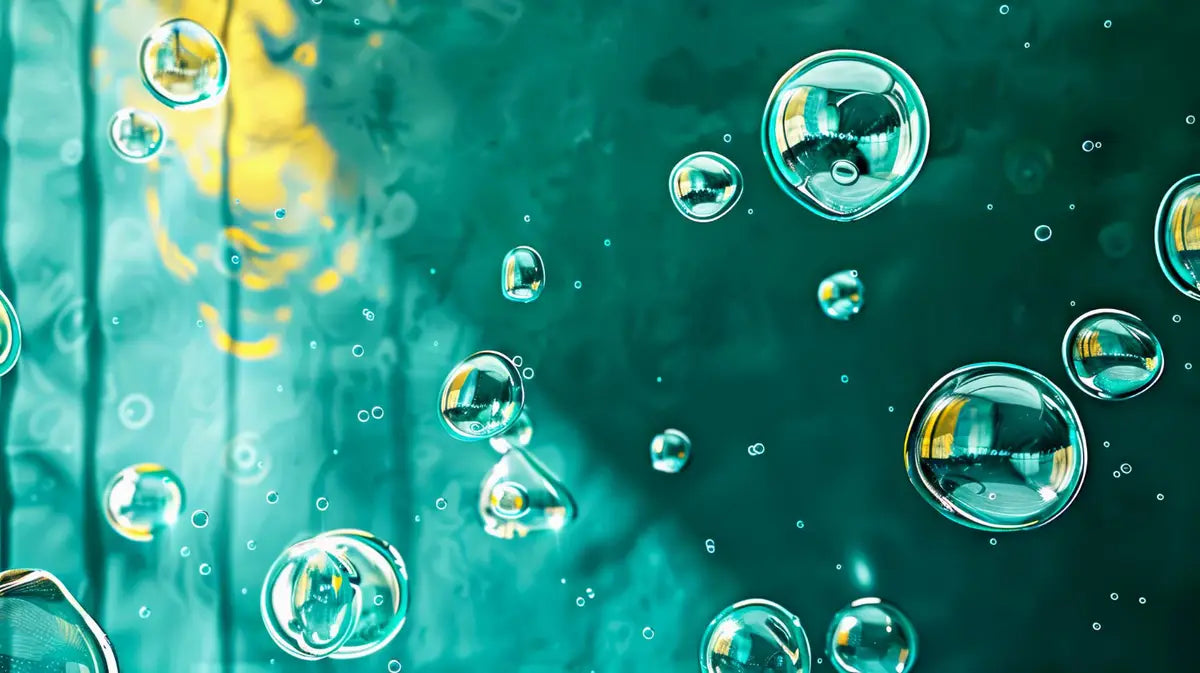
What are the uses of hydrochloric acid? What are the properties of hydrochloric acid? Hydrochloric acid is known as an aqueous solution of the chemical compound hydrogen chloride and is also kno...
Read more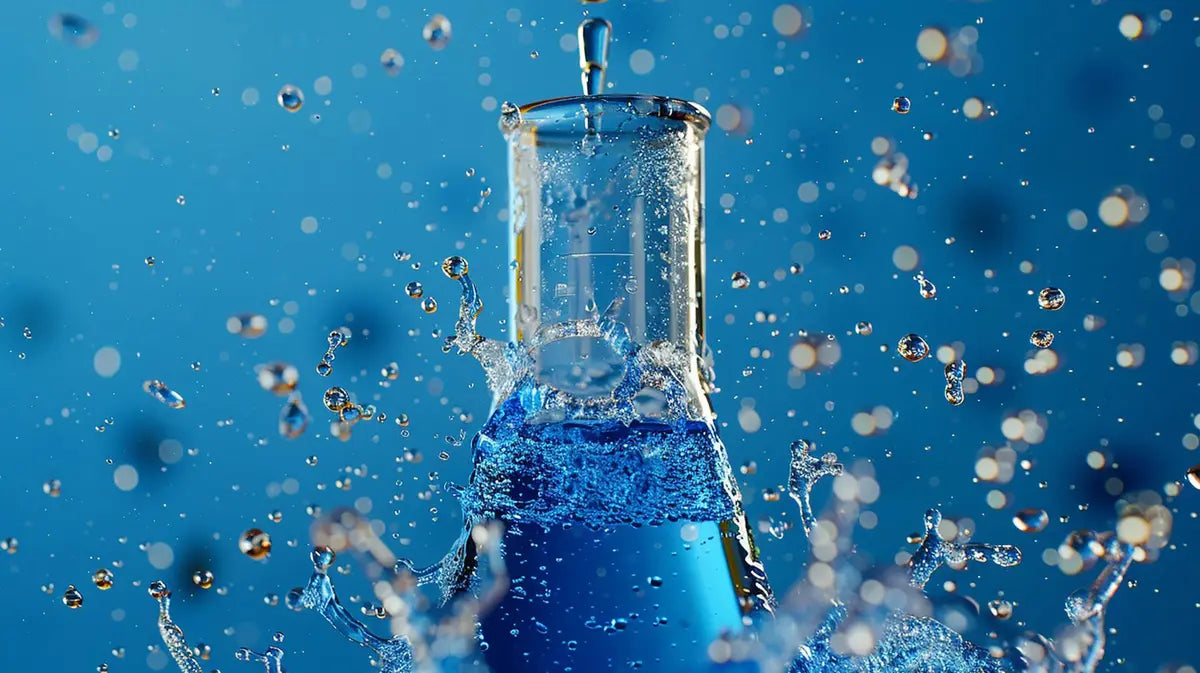
Water is widely used for domestic and industrial purposes due to the many advantages provided by its physical and chemical properties. Most of the water provided from natural water sources is us...
Read more
Wood Restoration: Preservation of Historical and Aesthetic Values Wood has been an indispensable material in the construction and furniture industry for centuries. However, over time, wooden s...
Read more